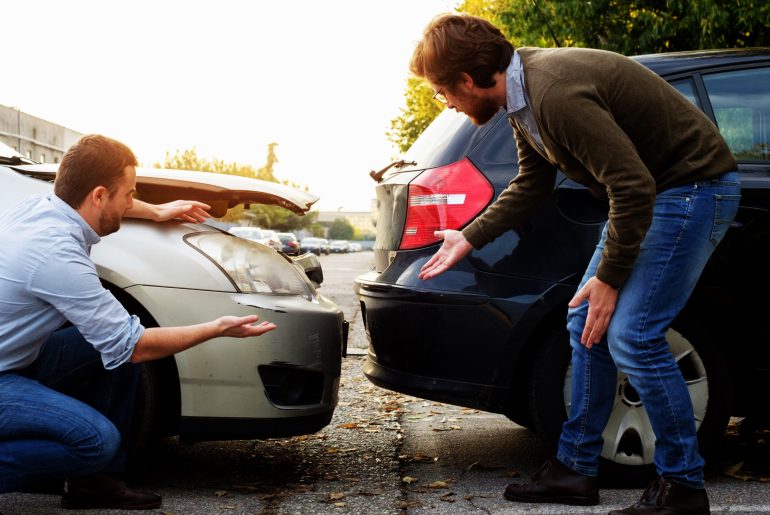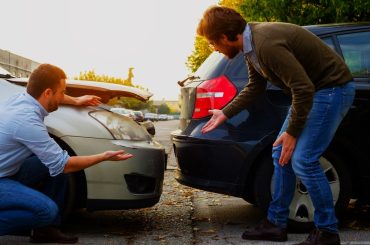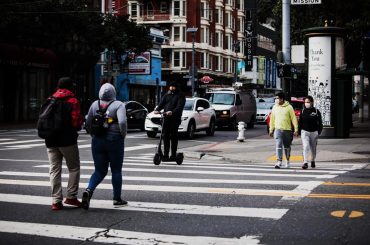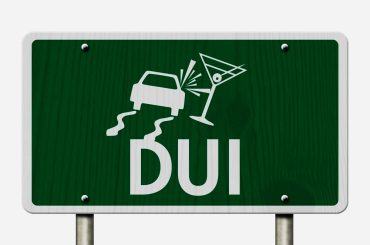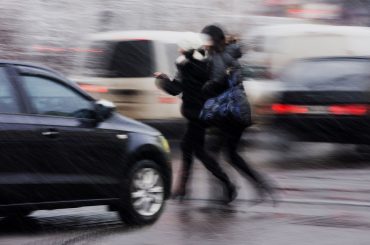In California, rear-end collisions are among the most common types of vehicle accidents, often resulting in various degrees of damage and injury. Understanding the legal framework surrounding these incidents is crucial, especially considering the California Vehicle Code’s role in determining fault and liability. The California Vehicle Code outlines specific rules and regulations that drivers must adhere to, which become particularly relevant in the context of rear-end collisions. These laws not only define safe driving practices but also help in adjudicating responsibilities in the event of an accident. In this article, we will delve into the key aspects of the California Vehicle Code as it pertains to rear-end collisions, exploring the main laws, their applications, and their impact on drivers involved in such incidents.
Main California Law on Rear-End Car Accidents
Detailed Explanation of Relevant Laws
- Primary Statutes: The California Vehicle Code contains several statutes that directly apply to rear-end collisions. One of the most pertinent is Section 22350, the Basic Speed Law, which stipulates that no person should drive a vehicle at a speed greater than is reasonable or safe given the current conditions.
- Following Distance: Another key law is Section 21703, which requires drivers to avoid following other vehicles more closely than is reasonable and prudent. This law takes into account the speed of the vehicles, traffic, and conditions of the road.
Legal Responsibilities in Rear-End Scenarios
- Fault and Negligence: In rear-end collisions, the driver of the trailing vehicle is often found at fault, primarily due to the assumption that they were not maintaining a safe following distance (per Section 21703) or were driving at an unsafe speed (per Section 22350).
- Exceptions to the Rule: There are scenarios where the leading vehicle might share the fault, such as abrupt and unjustified stops, mechanical failures (like brake lights not working), or reckless driving behavior.
- Determining Liability: The determination of liability in rear-end collisions typically revolves around proving negligence. Evidence such as traffic camera footage, witness statements, and accident reconstruction can play a vital role in this process.
Other Important Laws for Rear-End Accidents
Additional Relevant California Vehicle Code Provisions
- Safe Driving Laws: Besides the Basic Speed Law and Following Distance Law, other regulations in the California Vehicle Code also play a crucial role in rear-end accident cases. For example, Section 22349 addresses maximum speed limits, emphasizing the need to adhere to posted speed limits.
- Road Conditions and Environmental Factors: Laws such as Section 22350 of the California Vehicle Code, which covers driving speed in relation to road, weather, visibility, and traffic conditions, also become relevant. These laws mandate that drivers adjust their speed and driving behavior according to environmental factors.
Legal Considerations in Different Scenarios
- Safe Driving Behavior: California laws encourage safe driving behavior, including maintaining a safe distance and speed, and paying attention to the road conditions. Violations of these laws can significantly impact liability in rear-end collisions.
- Importance in Legal Claims: These laws are often cited in legal claims following a rear-end collision to establish negligence and liability.
Frequency of Auto Accidents in California
Statistical Overview of Rear-End Collisions
- Prevalence in California: Rear-end collisions are one of the most common types of accidents in California. According to the California Highway Patrol’s Statewide Integrated Traffic Records System (SWITRS), a significant proportion of vehicle accidents reported annually are rear-end collisions.
- Comparison with Other Accidents: When compared with other types of vehicular accidents, like T-bone or side-impact collisions, rear-end accidents are often more frequent due to issues like tailgating and distracted driving.
Analysis of Accident Trends
- Contributing Factors: Factors such as high traffic volumes, congested roadways, and prevalent distracted driving behaviors contribute to the high incidence of rear-end collisions in California.
- Impact on Road Safety: The frequency of these accidents underscores the importance of adherence to safe driving practices as laid out in the California Vehicle Code to enhance road safety.
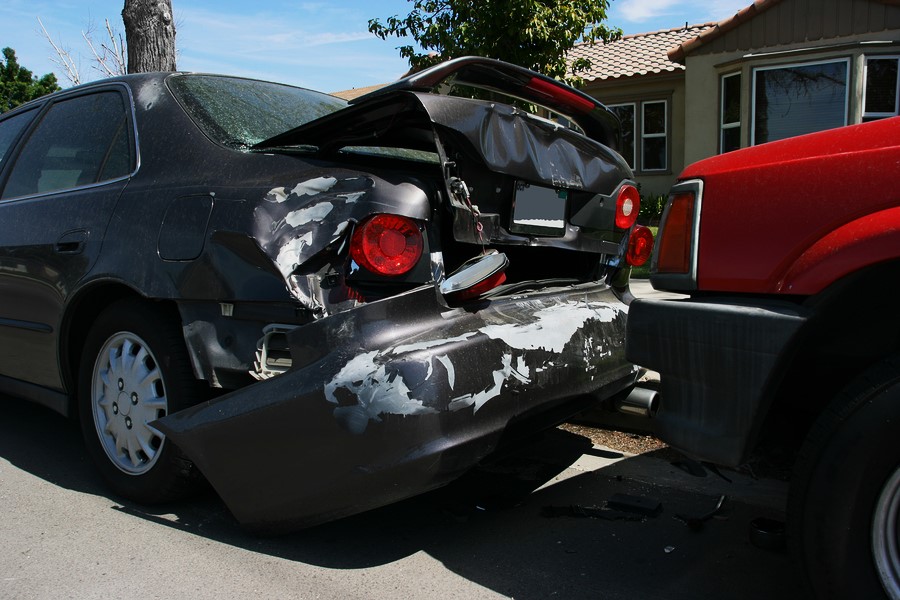
Tailgating and Rear-End Collisions
Tailgating as a Primary Cause
- Role in Rear-End Collisions: Tailgating, or following too closely behind another vehicle, is commonly recognized as a leading cause of rear-end collisions. This practice does not leave adequate stopping distance and can lead to accidents, especially if the leading vehicle brakes suddenly.
- Legal Implications: Under the California Vehicle Code, tailgating is considered a negligent driving behavior, often resulting in the tailgating driver being at fault in a rear-end collision.
Other Contributing Factors
- Distracted Driving: Distractions such as using a cellphone, eating, or any activity that takes attention away from the road can lead to rear-end collisions.
- Sudden Stops: Abrupt braking by the leading vehicle, whether due to traffic conditions, road hazards, or otherwise, can contribute to rear-end collisions, particularly if the following vehicle is not maintaining a safe distance.
- Weather and Road Conditions: Poor weather conditions like rain or fog, and poor road conditions, can also play a role in rear-end collisions, as they affect visibility and stopping distances.
Common Injuries in Rear-End Crashes
Overview of Typical Injuries
- Whiplash: One of the most common injuries in rear-end collisions is whiplash, which occurs due to the rapid back-and-forth movement of the neck. This can result in neck pain, stiffness, and headaches.
- Back Injuries: Injuries to the spine, including herniated discs, are also common, given the impact and compression forces involved in rear-end collisions.
- Head and Brain Injuries: The sudden impact can cause drivers or passengers to hit their heads against hard surfaces within the vehicle, leading to concussions or more severe traumatic brain injuries.
Severity and Impact on Victims
- Range of Severity: The severity of injuries can vary widely, from minor bruises and sprains to serious spinal cord and head injuries.
- Long-Term Effects: Some victims of rear-end collisions may experience long-term effects, such as chronic pain, reduced mobility, or cognitive impairments, depending on the severity of their injuries.
- Emotional Impact: Beyond physical injuries, rear-end collisions can also have emotional and psychological impacts, including anxiety, PTSD, or fear of driving.
Overall, the discussion emphasizes the need for awareness and adherence to road safety rules to minimize rear-end collisions. For drivers in California, this means understanding and complying with the specific laws related to safe following distances, speed, and attentiveness to road conditions. Additionally, in the unfortunate event of a rear-end collision, knowing the legal and medical implications can guide individuals through the recovery and claims process. This comprehensive understanding is crucial for enhancing road safety and effectively managing the aftermath of rear-end collisions.
